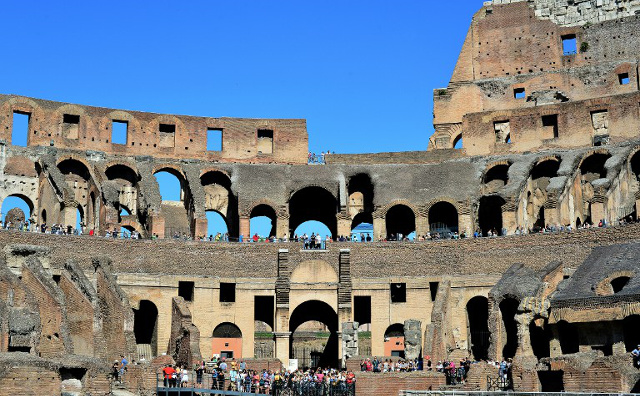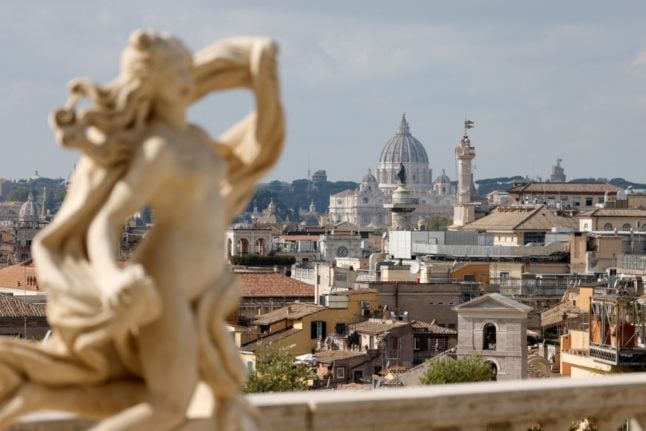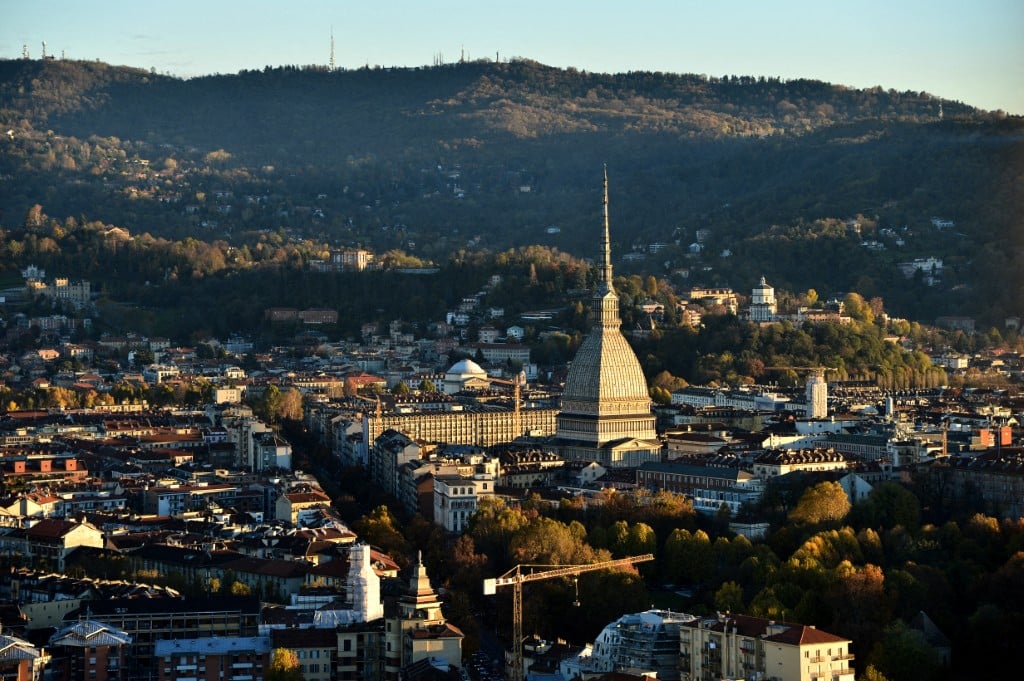The find was made while cleaning the area around the steps to the monument's basement, Rome's Superintendent for Archaeology Francesco Prosperetti said.
The horse's skull dates back to between the 12th and 13th centuries, according to an initial analysis by an archaeozoologist.
However, further tests will have to be carried out to reveal crucial information about the horse's age, state of health, and to give clues as to what it was doing at the amphitheatre.
The skull and bones are shown towards the end of the video below.
Plenty of animal remains have been found in the area around the Rome monument, with many on display in its museum.




 Please whitelist us to continue reading.
Please whitelist us to continue reading.
Member comments